Benin has a slightly larger population than its neighbor to the east, Togo, with about nine and a half million people. Only about 336,000 of these are internet users as of mid-2012. During the Middle Passage present-day Benin’s portion of the Bight of Benin coastline (along with what is now Togo) was known as the Slave Coast, due to the prevalence of the slave trade. It comprised the bulk of the Kingdom of Dahomey until the Scramble for Africa in the 19th century, after which French colonial authorities ruled the region. In 1960, Benin established its own democratic government. However, this democracy gave way to a dictatorship that lasted from 1972 through 1990, ending in severe economic crisis. Benin’s present government and economy have been working through this tangled history over the last twenty years, and their ongoing struggle forms the backdrop for their economic and technological situation. Continue reading
Category Archives: Case Studies

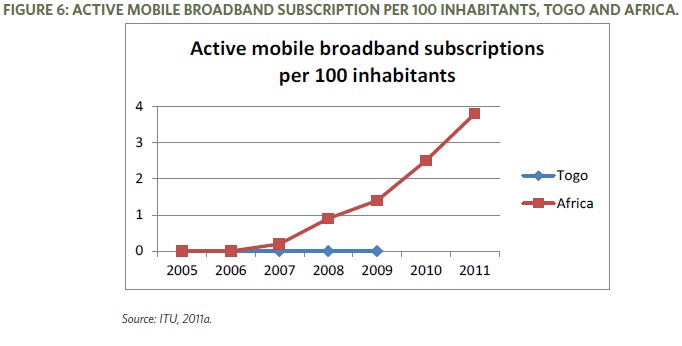
Case Study – Togo
Comprised of about seven million people (including only about 325,000 internet users), Togo represents one of the least-developed countries in Africa – and perhaps in the world. It therefore makes for a fascinating case study on the most intractable problems of technological governance and development, since it can be observed at its earliest stages and against severe economic and political stressors. The nation gained independence from France in 1960. While the official Togolese language is French, a number of local languages are spoken, and the majority of religious practitioners observe local religions, with Christianity and Islam retaining minority presences. Continue reading
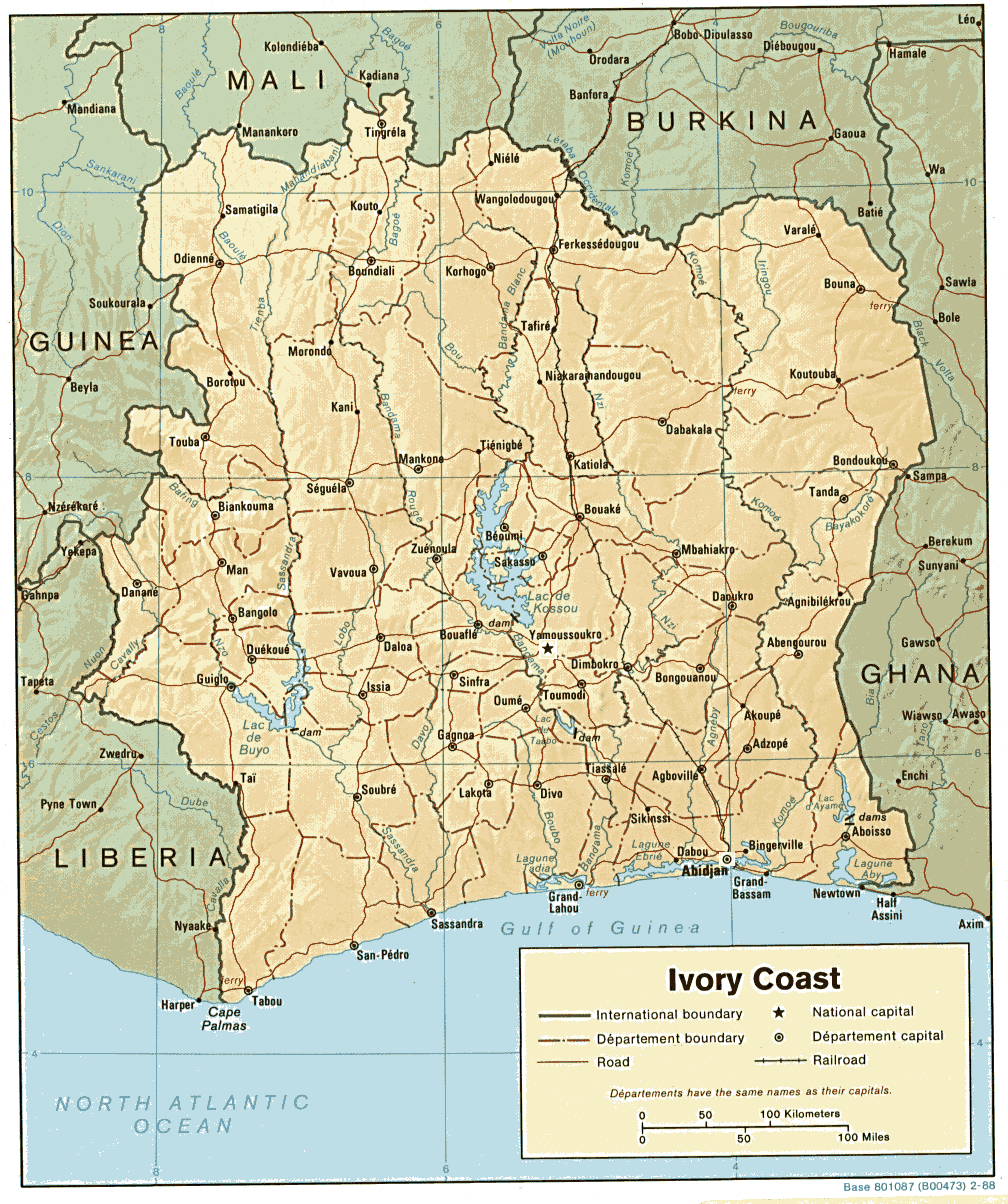
Case Study – Cote D'Ivoire
Côte D’Ivoire gained its independence from France in 1960. Through 1993, Félix Houphouët-Boigny ruled the country, after which a coup by Robert Guei, popular protest to install Laurent Gbagbo, and two civil wars (with one ongoing today) have deeply shaken the presidential republic. A French colony in the early twentieth century, Côte D’Ivoire maintains French as its official language. Meanwhile, its largest ethnic group is Akan, similarly to its neighbor Ghana. Today, about 21 million people live in the nation, including about 300,000 internet users. That 1.4% of the population mainly live in and around the major coastal city of Abijan, the country’s largest, where several major fiber optic submarine cables land. Continue reading
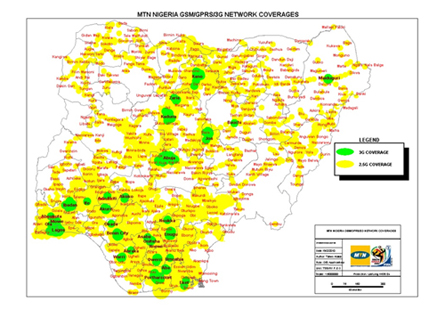
Case Study – Nigeria
Nigeria is the largest and wealthiest of the nations in the Bight of Benin. After Nigeria’s independence from Britain in 1960, it quickly developed into a military state, which maintained its OPEC status and fought civil wars and coups to maintain power for nearly forty years. Over the last ten years, democracy has returned in fits and starts to the nation, along with increased economic stability and growth. The economy is strong and growing quickly around Nigeria, at a projected rate of about 8% this year. Along with its oil production and financial markets, Nigeria fosters a burgeoning telecommunications sector. Continue reading
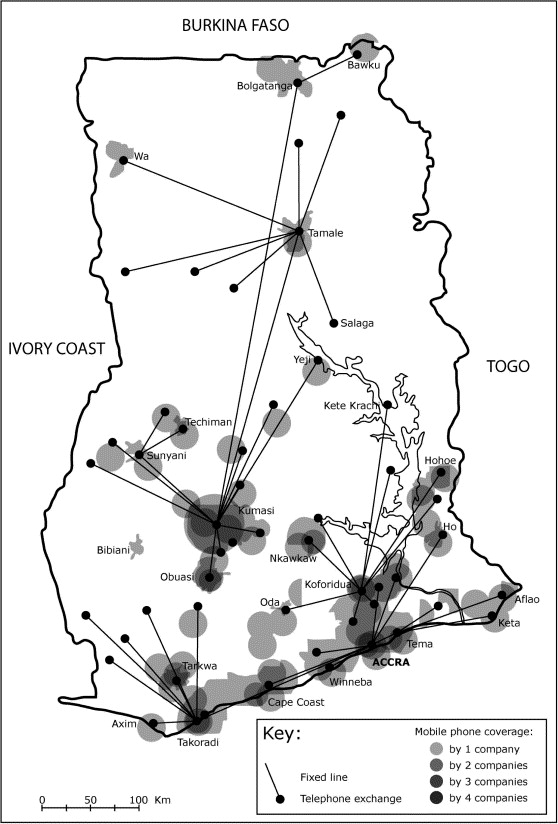
Case Study – Ghana
Ghana borders Côte D’Ivoire and Togo along the Atlantic coastline. Its people include a majority of English speakers among nearly eighty language groups, ethnicities that include Akan as well as four other major groups, among at least 100 different groups overall, and practitioners of Christianity, Islam, about fifteen other globally dispersed religions, and myriad local belief systems. Ghana was the first sub-Saharan nation to gain independence from 20th century colonialism, when in 1957 it overthrew nearly eighty years of British rule as the Gold Coast. Under the regime of Kwame Nkrumah, Pan-African endeavors led to the foundations of the modern-day African Union. The country underwent fifteen years of political instability after Nkrumah’s overthrow in 1966. The stable, democratic transitions of power that Ghana has enjoyed over the last few election cycles came after many years of authoritarian rule. The establishment of new fiscal and social policies in recent years, including a new constitution in 1992, has led to increased economic and political freedom for the country’s 25 million people. Continue reading

Case Studies – Introduction
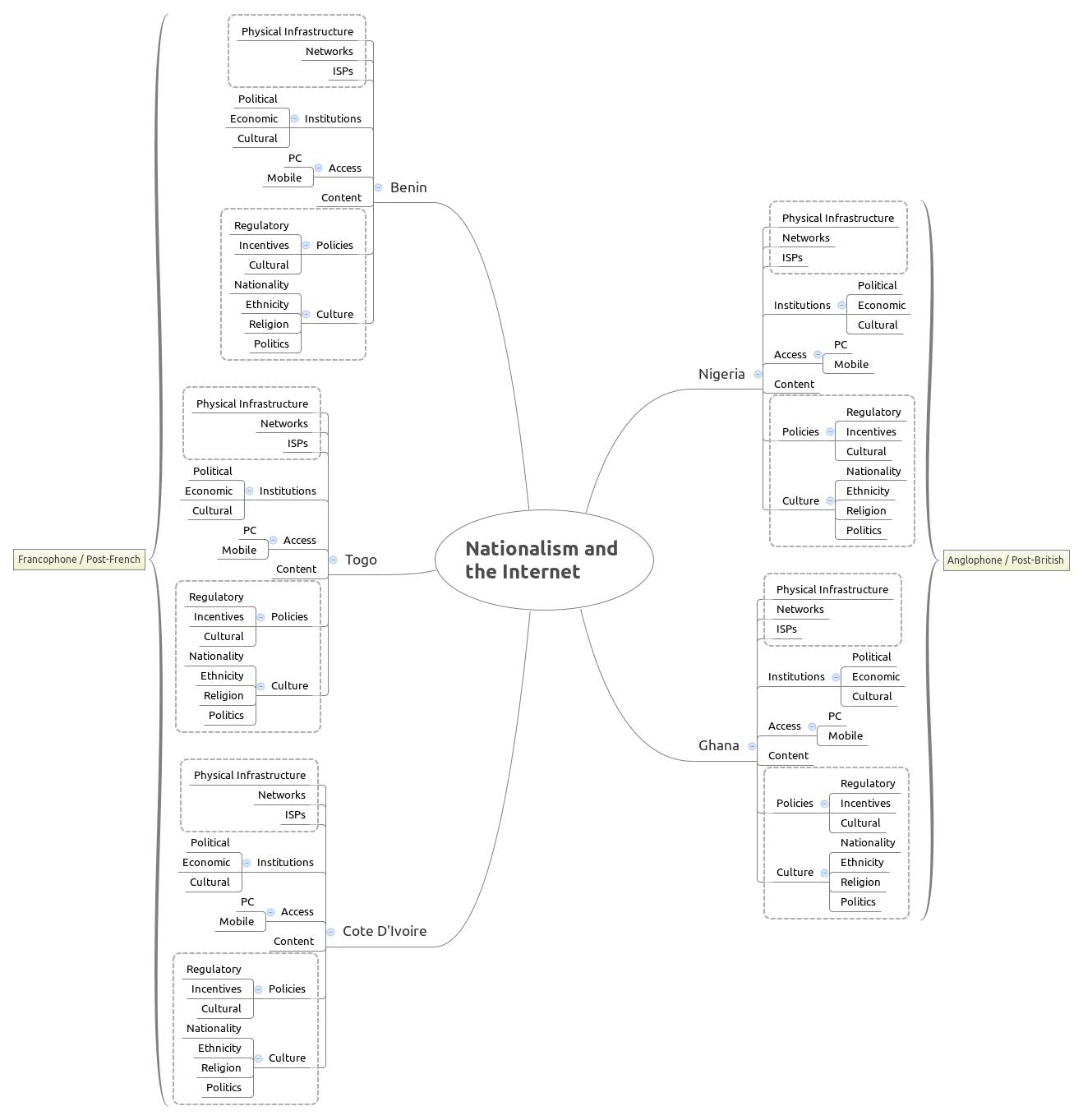
Case Studies
An outline of the path for the rest of the semester and for this research paper, mapped out here.